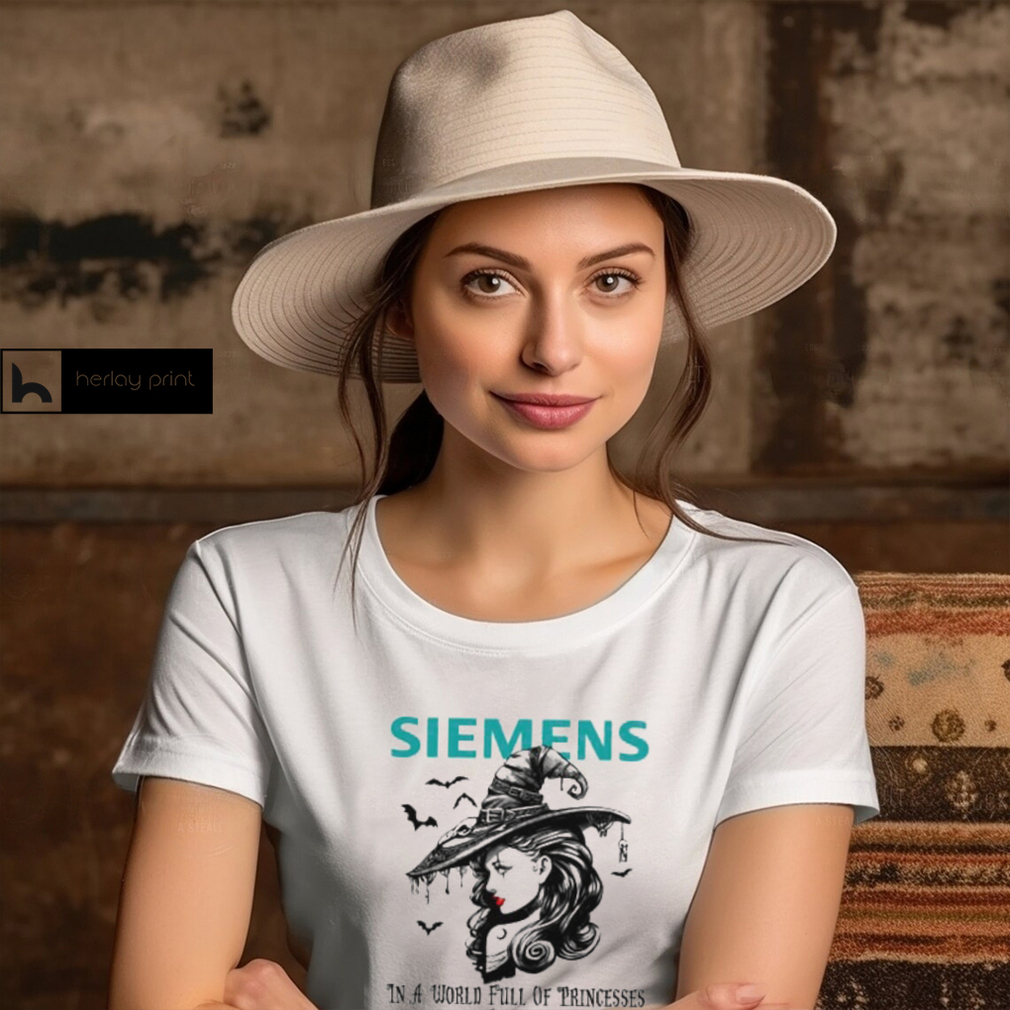Siemens In a World full pringcesses be a witch shirt
It is hard to answer this question because (a) there was no single winter festival, but different cultures celebrated the Siemens In a World full pringcesses be a witch shirt around the winter solstice in different ways, and (b) we have no means of telling “what was considered the true meaning” in the case of those festivals celebrated in illiterate societies, apart from guesswork and deduction. And where there are written records, as in China and ancient Rome, they tell us little about “true meanings”. From Chinese poetry and practice, we can infer that behind the festival was gratitude that the shorter nights that were coming heralded the return of warmth and life, and from Roman practice we can infer that people were happy that the sun was at last increasing in strength. Portraying this as a battle between light and darkness, though, is pure speculation. It is natural to suppose.
 ()
()Siemens In a World full pringcesses be a witch shirt hoodie, tank top, sweater and long sleeve t-shirt
These nations I put in this category because, historically, they frequently interacted with Czechs, but aside for the Siemens In a World full pringcesses be a witch shirt protectorate for the Germans did not rule over Czechs and were a little more distant. Germans from Bavaria or Saxony seem somewhat similar to Czechs, but I do not see much similarity between Germans from Hamburg, Berlin, Stuttgart and other parts of the country at all. For Poles the region of Silesia, and even the southern Poland around Krakow have a similar feel to Czech Republic, but eastern Poland around Warsaw feels more eastern-European, and western Poland feels more German. Hungary: Hungary is similar to Czechs culturally, but also kind of has its own distinct vibe. I’m not sure why, maybe it’s because of the nation’s unique language and the fact the cuisine is spicier. A little close: Croatians, Western-Ukranians, Romanians from Transylvania These nations and regions share commonality with Czechs because they are part of the Central – European cultural sphere despite being further away. Historically and today, there has been immigration of these people to Czech Republic. During the 16th & 17th centuries many Romanians (Vlachs) immigrated to the mountains in eastern Czechia, and southeastern Czechia had a community of Croatians. Today many Ukrainians immigrate to Czechia. Today thousands of Czechs go to Croatia in the summer, so it is not too exotic.
 ()
() ()
()Block "review" not found










HAPPY CUSTOMERS, HAPPY US
There are no reviews yet.